We may earn money or products from the companies mentioned in this post. This means if you click on the link and purchase the item, I will receive a small commission at no extra cost to you ... you're just helping re-supply our family's travel fund.
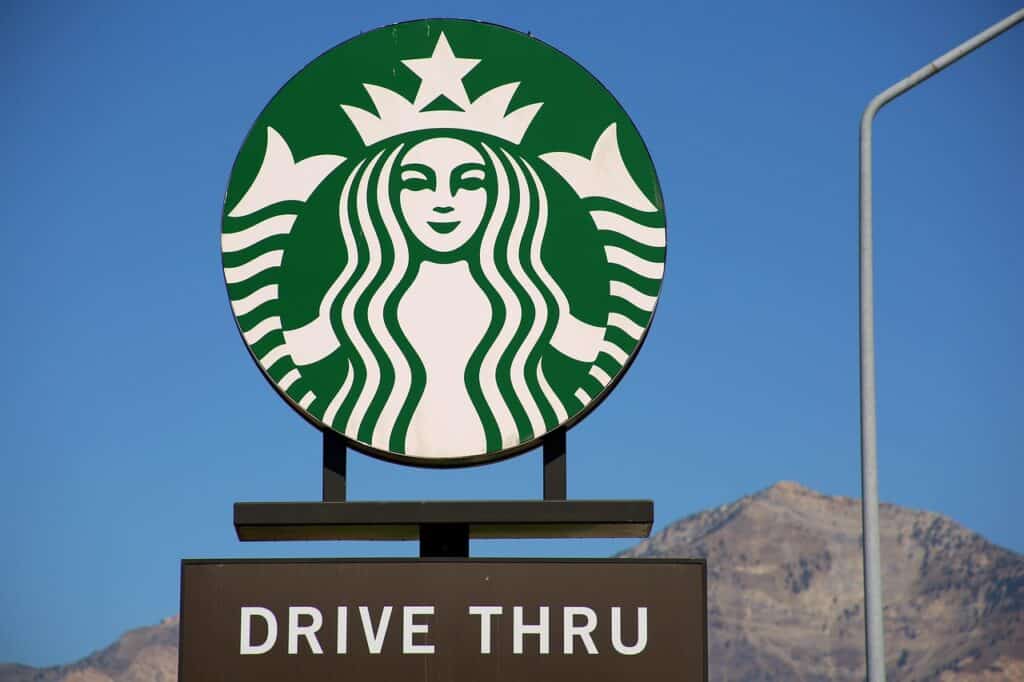
Drive-thrus have become essential for convenience, especially in today’s fast-paced world. Yet, wait times can vary drastically depending on timing, location, and even what you order. By understanding patterns in customer flow, menu design, and staff coordination, you can dramatically shorten your time in line. Here’s a breakdown of the best hours, techniques, and habits supported by numerical insights to help you breeze through any drive-thru efficiently.
1. Mid-Afternoon Sweet Spot
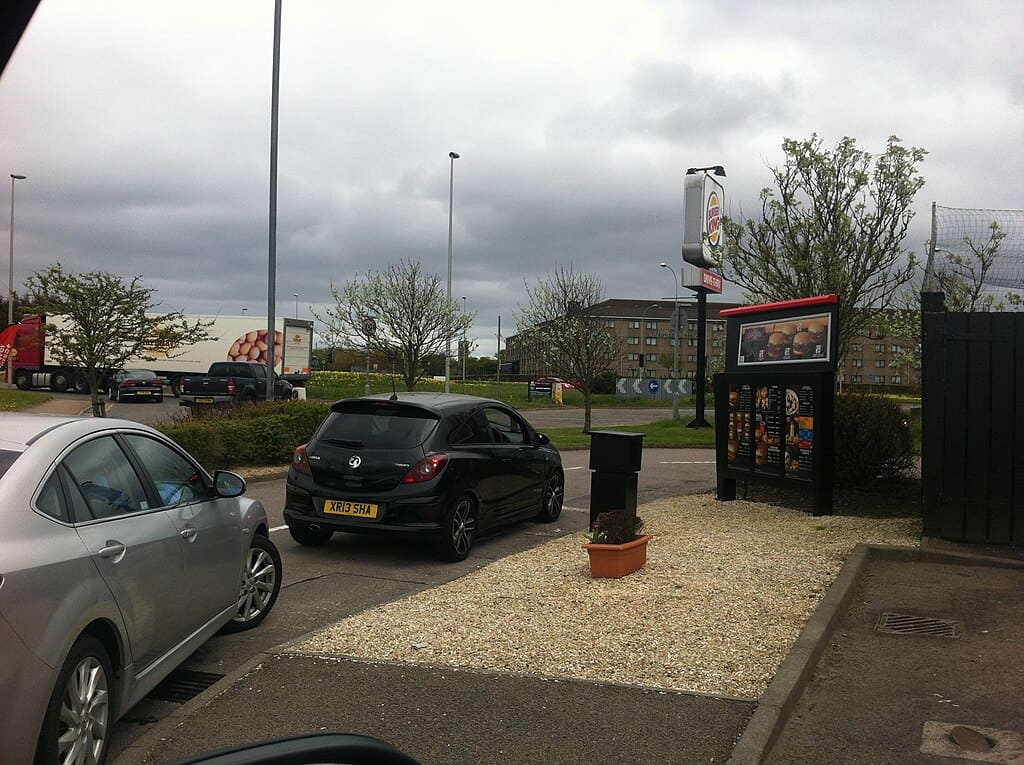
Between 2 p.m. and 4 p.m., drive-thrus typically see a 40–60% drop in order volume compared to lunch rush hours. This lull makes it one of the best times for quick service. With fewer vehicles in line, orders move swiftly, and staff can focus more on accuracy. Many chains also use this window for staff resets and pre-dinner prep, ensuring systems are efficient. You’ll likely save 3–5 minutes per visit compared to peak periods.
2. Avoiding Peak Meal Hours
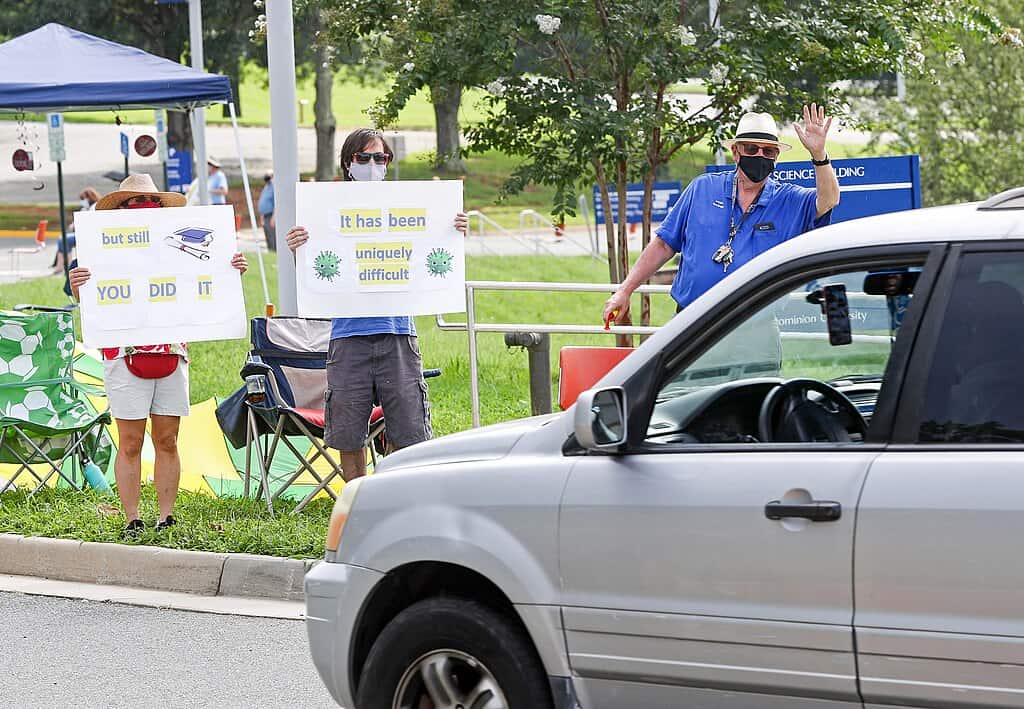
Drive-thrus experience their heaviest traffic between 7–9 a.m., 12–2 p.m., and 6–8 p.m., when daily commuters and families flood in. Data from major chains shows average waits increasing by up to 75% during these times. Lines can back up by 8–10 cars, adding 6–9 minutes of idle time. Planning around these hours not only speeds up service but also ensures fresher food, as kitchens aren’t overloaded with simultaneous orders.
3. Mobile Ordering Advantage
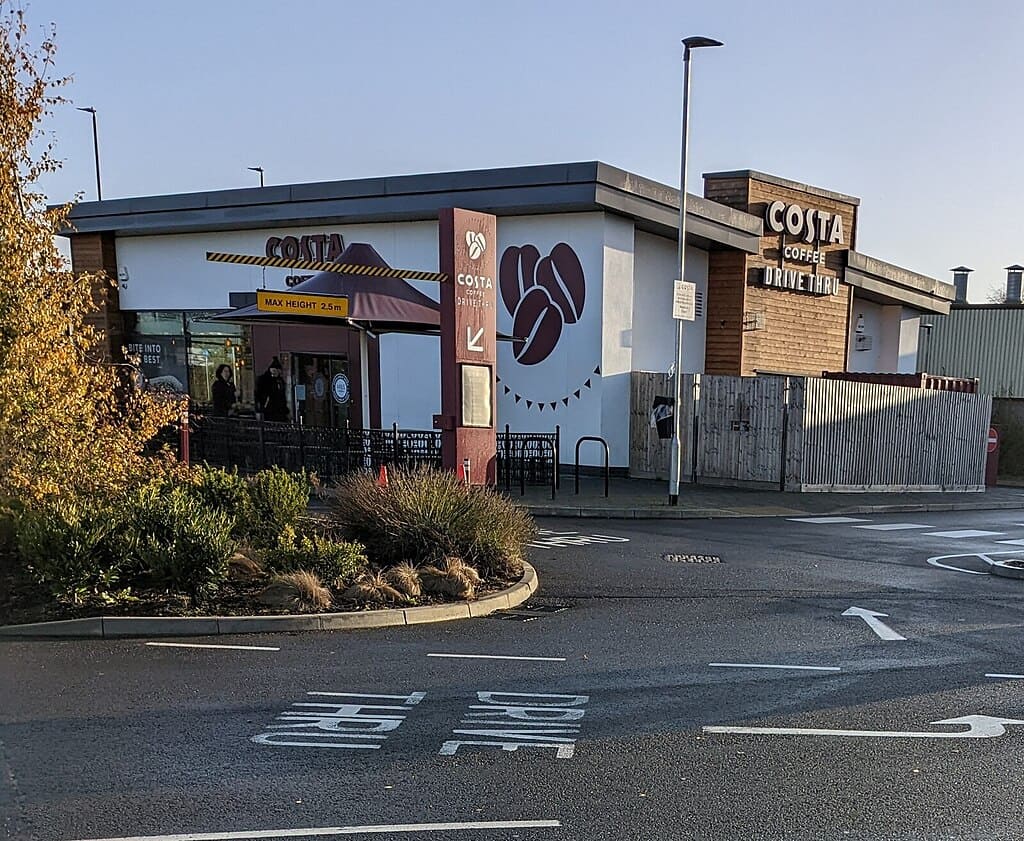
Using a restaurant’s mobile app can cut your total wait time by 20–35%, as your order reaches the kitchen before you arrive. Chains like McDonald’s and Chick-fil-A report that 1 in 4 customers now use app-based preorders. This system reduces miscommunication, minimizes payment delays, and often offers exclusive “skip-the-line” lanes. Adding a saved favorite order further shaves off seconds, ensuring a smooth, hands-free experience every time.
4. Keep Orders Simple

The more customizations you make, the longer your wait becomes. A survey by QSR Magazine found that orders with three or more modifications take an average of 45–70 seconds longer to process. Simple, standard menu items allow kitchens to operate at peak efficiency. Avoid last-minute changes or combining multiple meals with unique requests. When ordering for groups, stick to common items or meal bundles to help the kitchen synchronize production.
5. Dual-Lane Efficiency
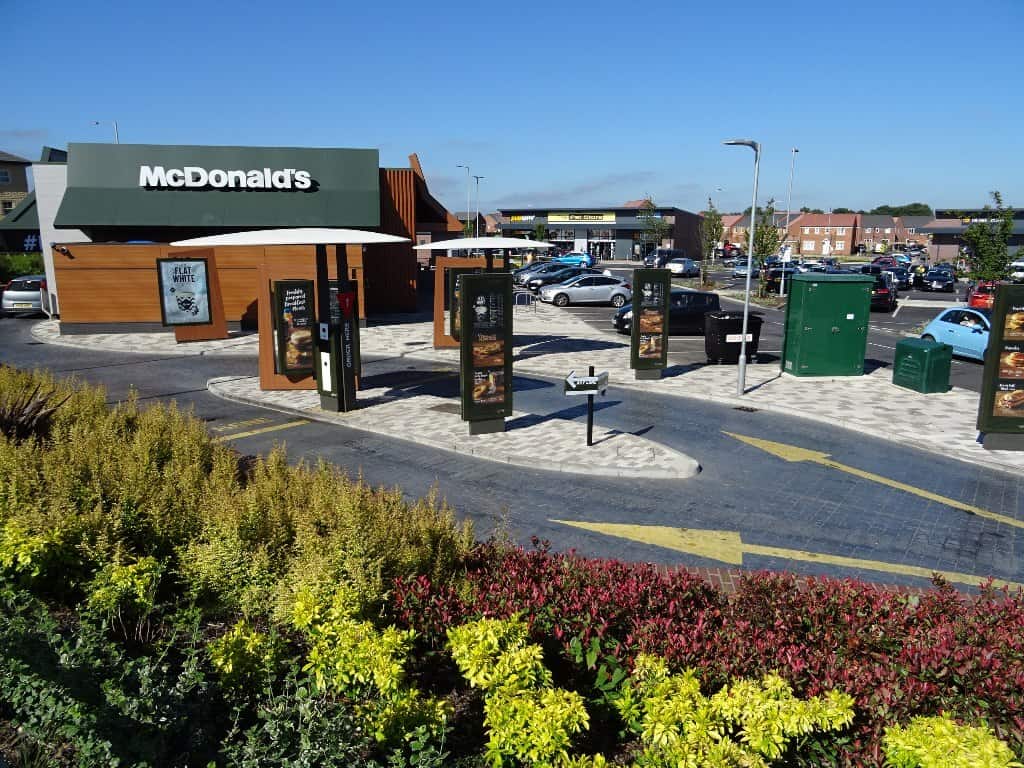
Modern drive-thrus equipped with dual or split-lane systems can handle up to 30–40% more vehicles per hour than single-lane locations. These setups reduce bottlenecks by allowing multiple cars to order simultaneously. However, the advantage depends on staff coordination at the merge point. Choosing newer or remodeled outlets with these lanes can save you 2–4 minutes during busy times and significantly reduce idle time before pickup.
6. Digital Menu Optimization

Restaurants using AI-assisted or digital menu boards report up to a 25% improvement in order speed and accuracy. These menus adapt to time, traffic, and promotions, showing fewer distractions and faster-loading visuals. Voice-recognition AI in some locations, like Wendy’s 2024 rollout, can process an order in under 90 seconds. Choosing outlets that display these advanced systems gives you a measurable speed advantage, especially during mid-volume hours.
7. Weekday vs. Weekend Patterns
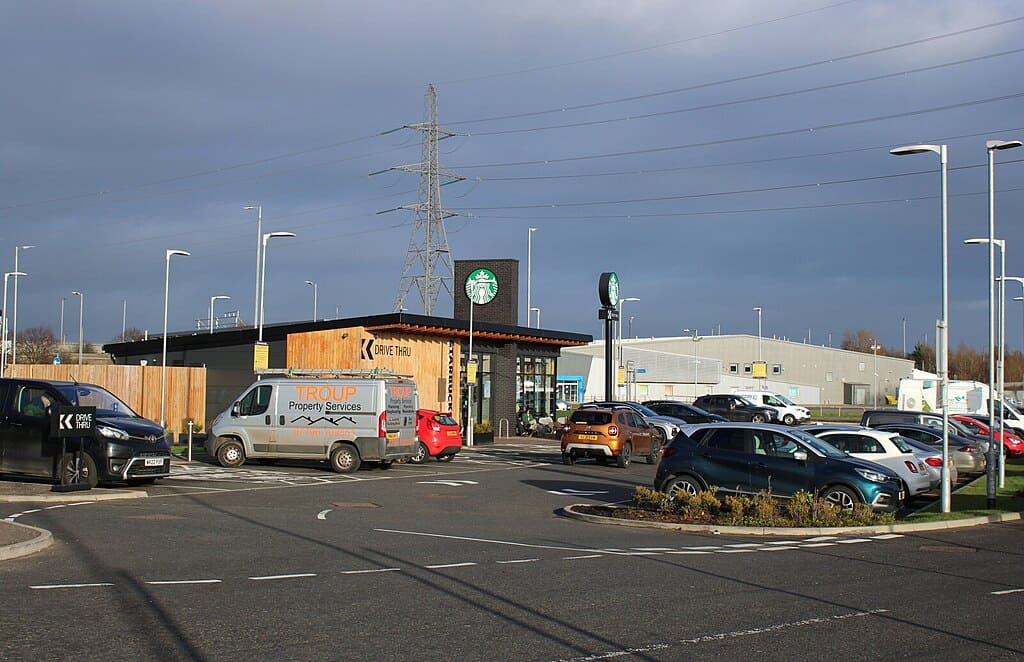
Weekdays, particularly Tuesdays and Wednesdays, are statistically the quietest for drive-thru visits, showing 35% fewer transactions than weekends. Families and social groups typically crowd drive-thrus on Fridays and Sundays. Visiting midweek not only means shorter lines but also better service consistency as teams face less stress. Expect to save 4–6 minutes compared to a Friday evening visit, with improved order accuracy as well.
8. Check Real-Time Traffic and Weather

Few consider how traffic and weather affect drive-thru times. Heavy rain or local events can spike drive-thru usage by 15–25% as people avoid dine-in. Use live maps or apps like Google Maps to gauge congestion around your chosen restaurant. Selecting a route with easier access or a lesser-known branch can trim your total stop by 5 minutes or more, especially during unpredictable conditions.